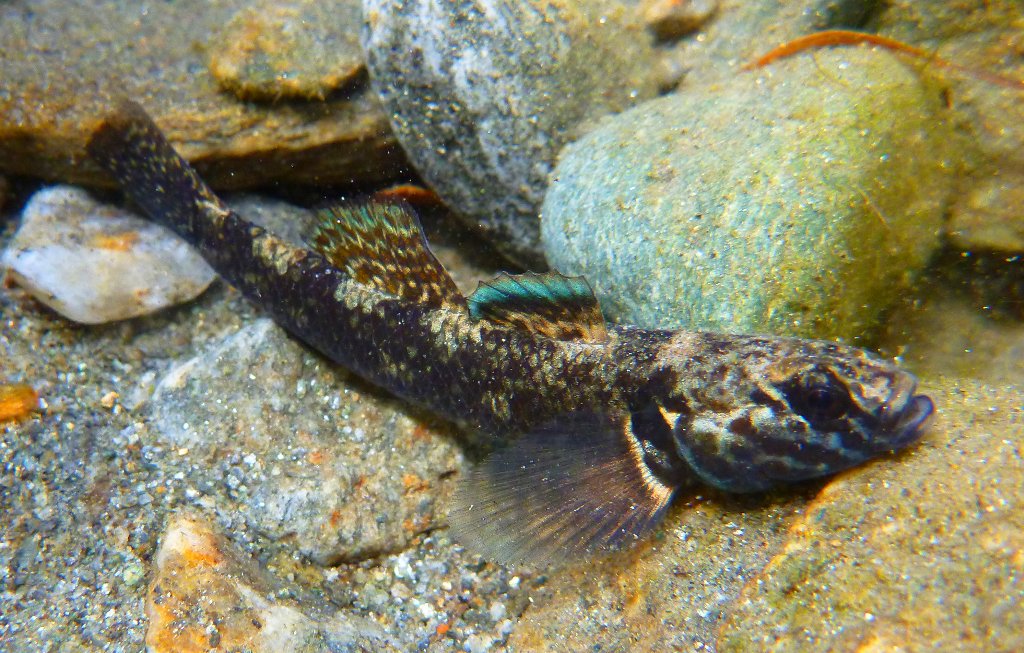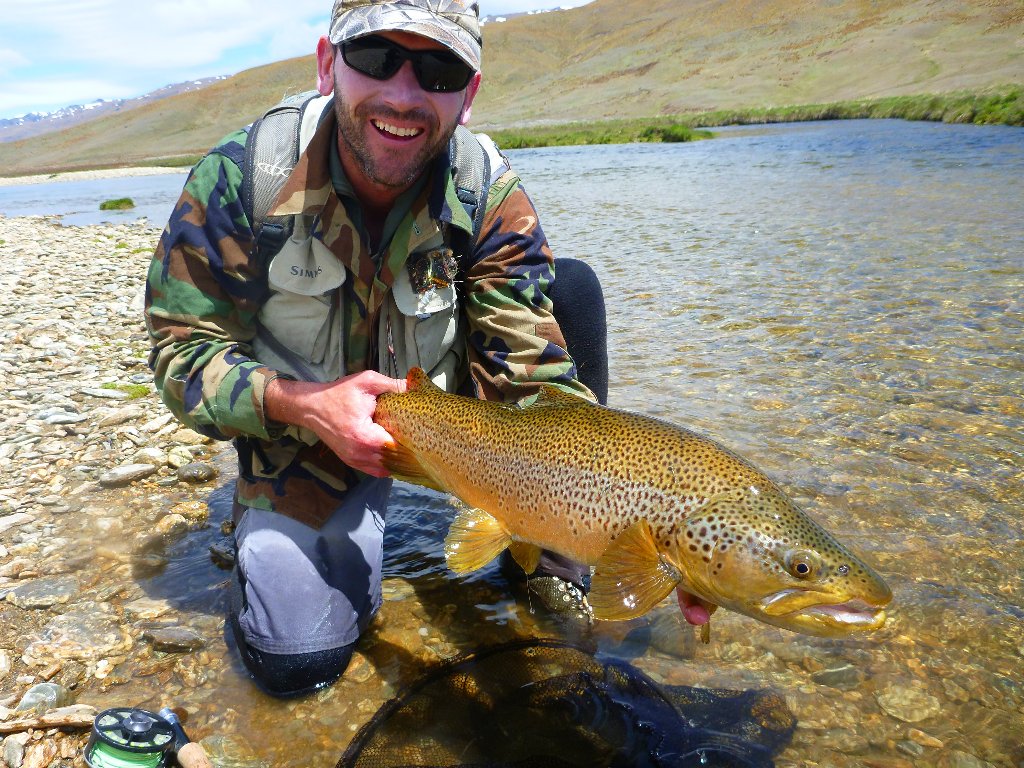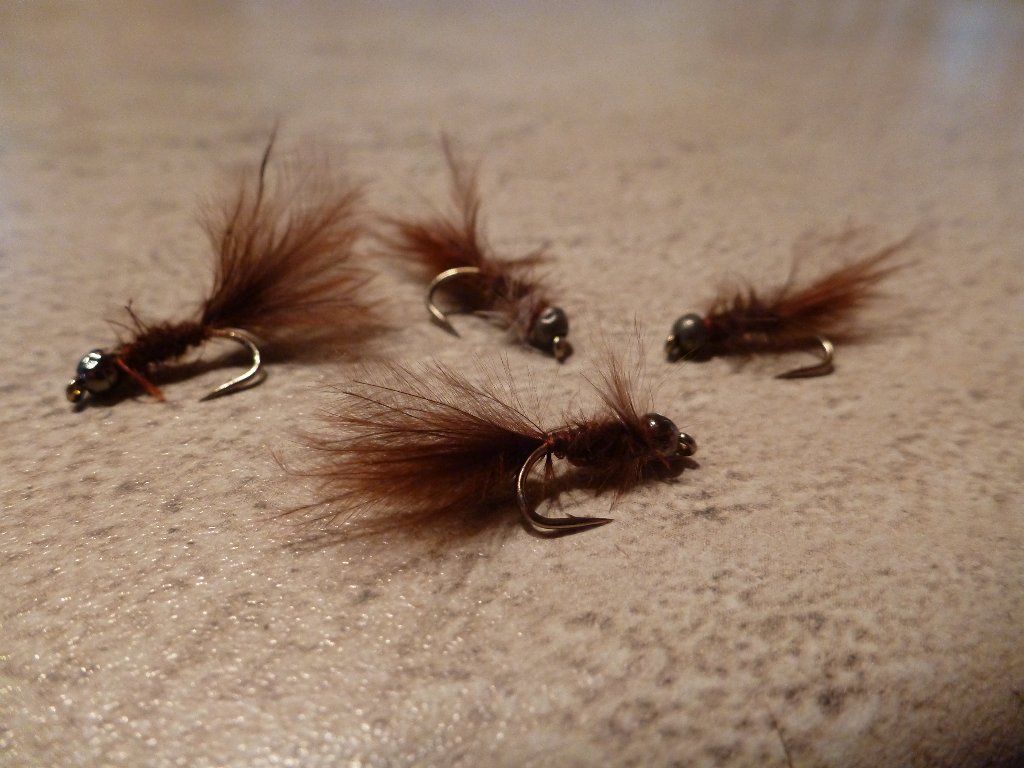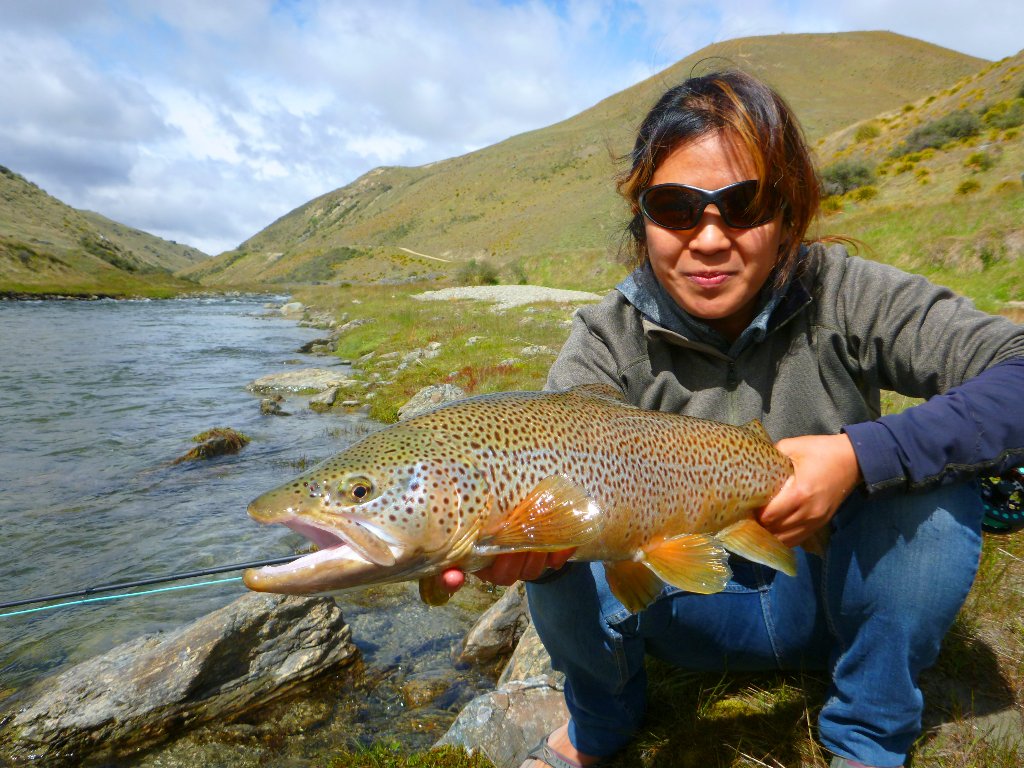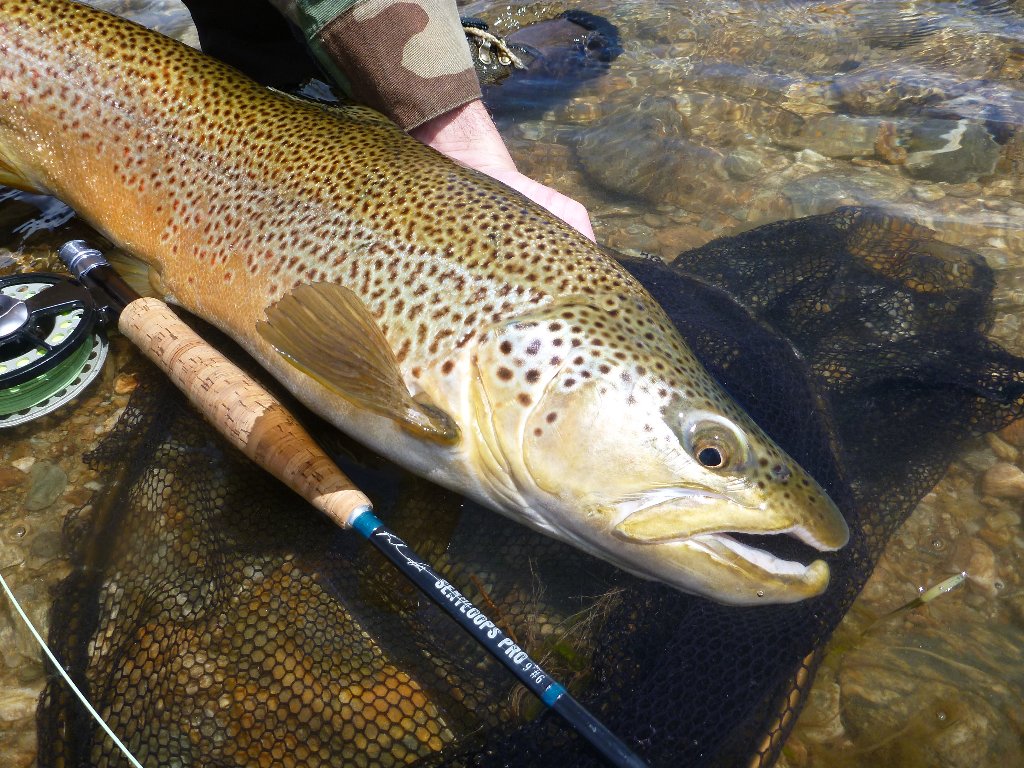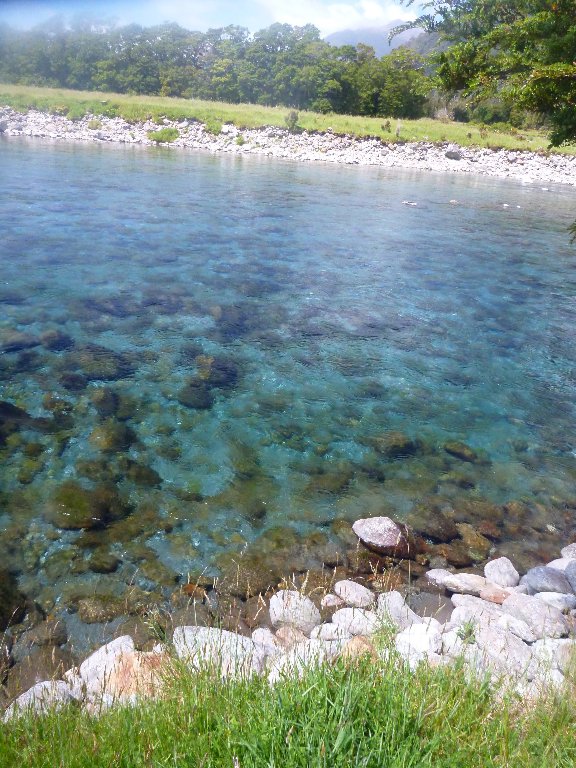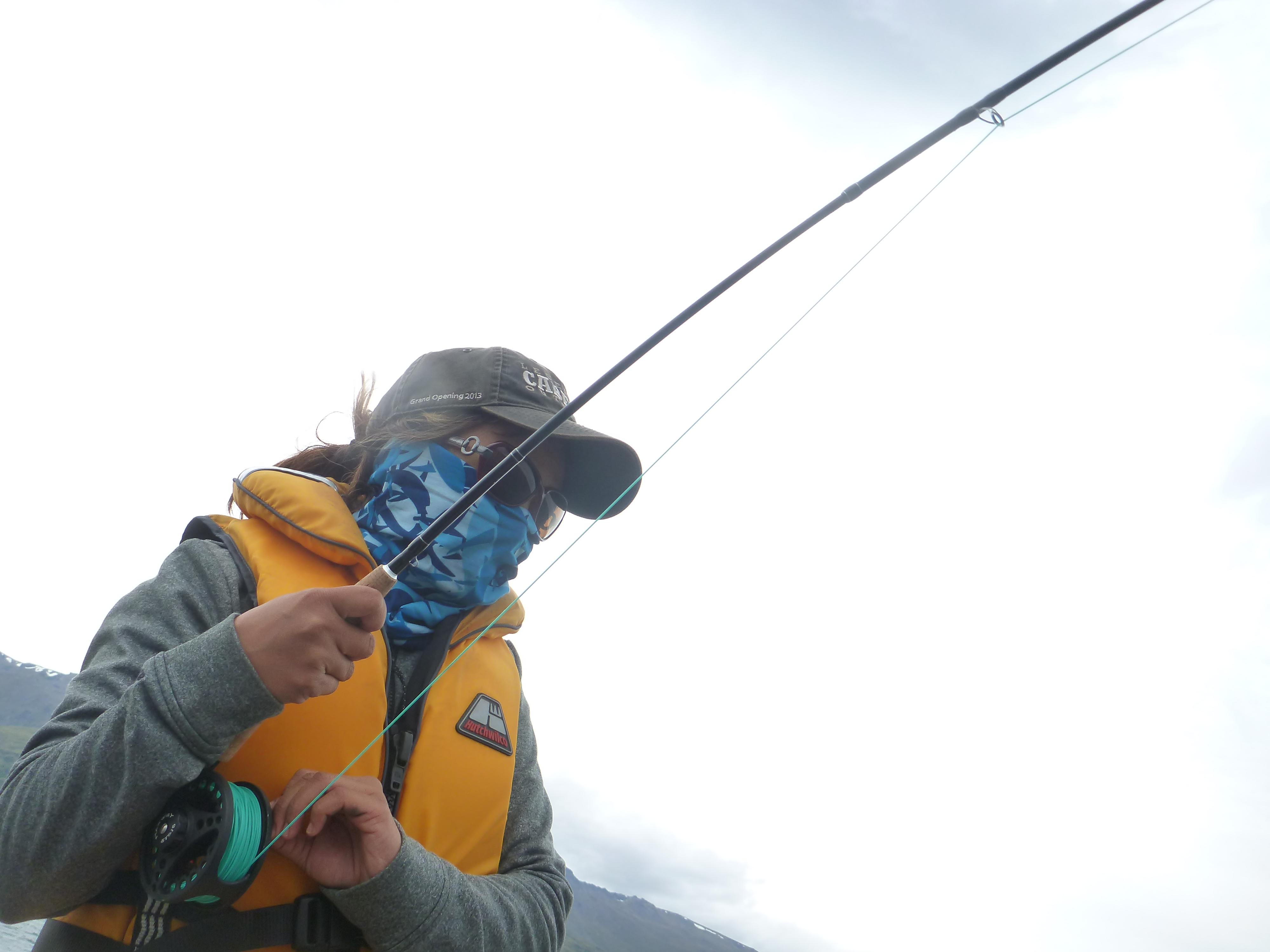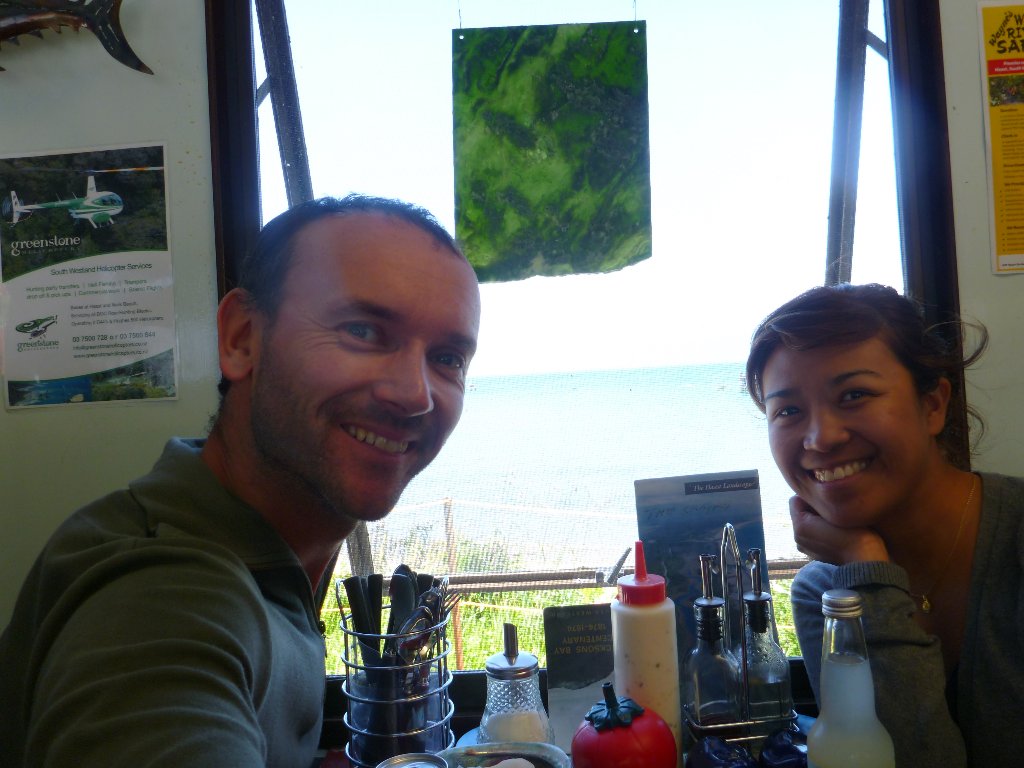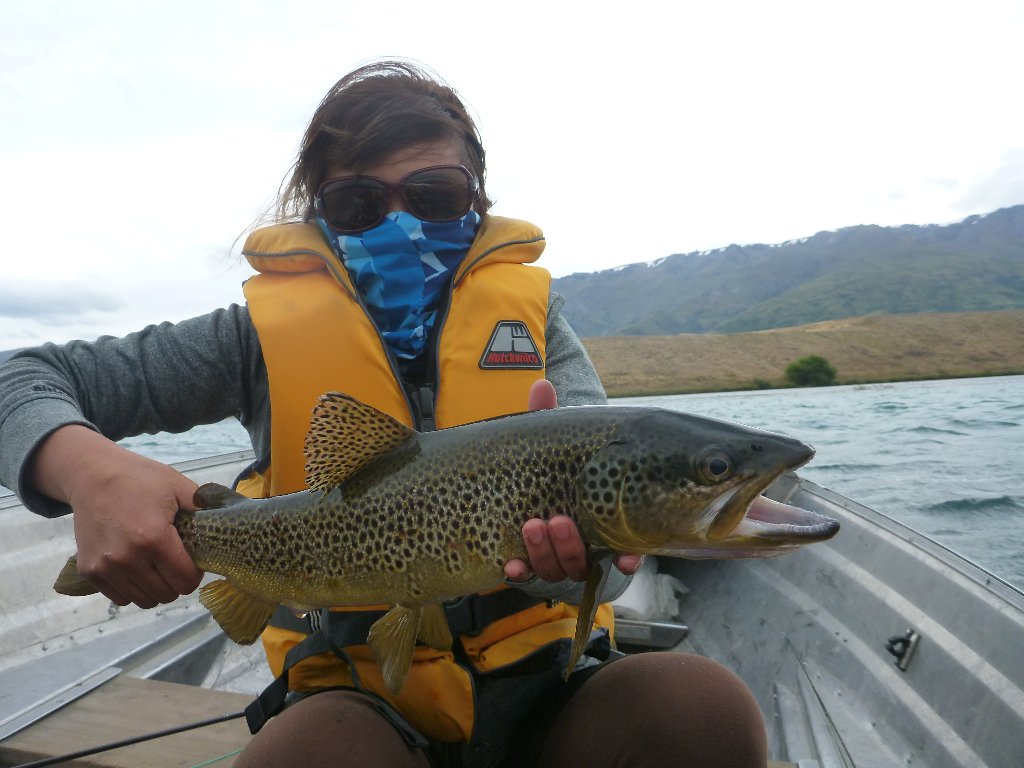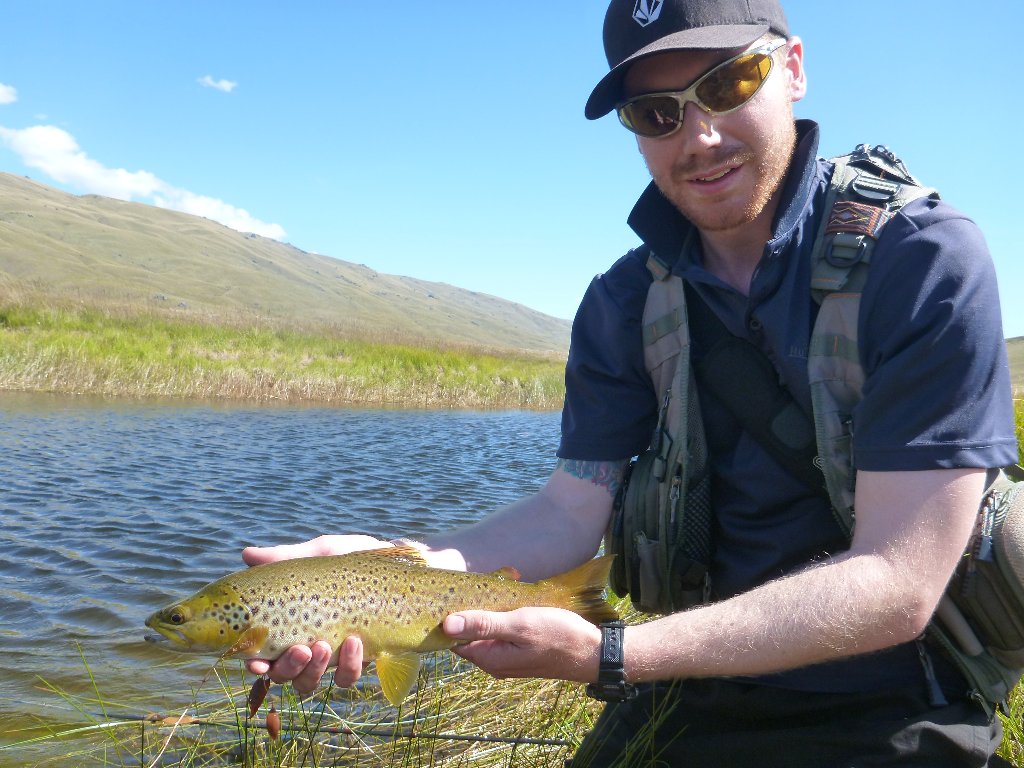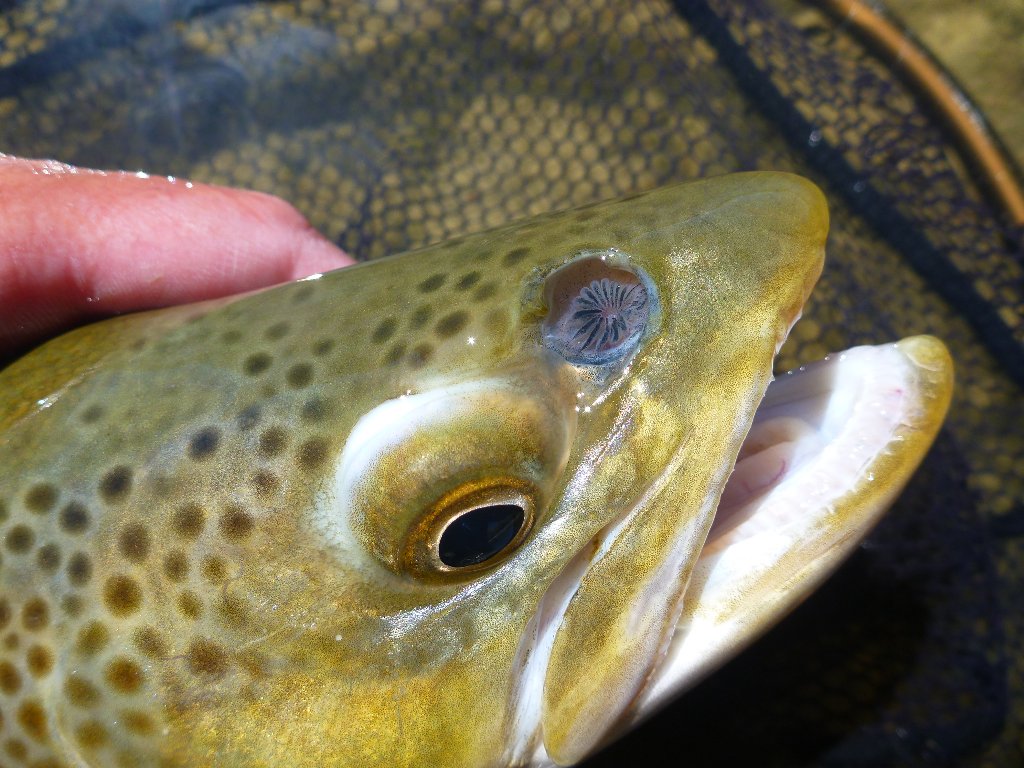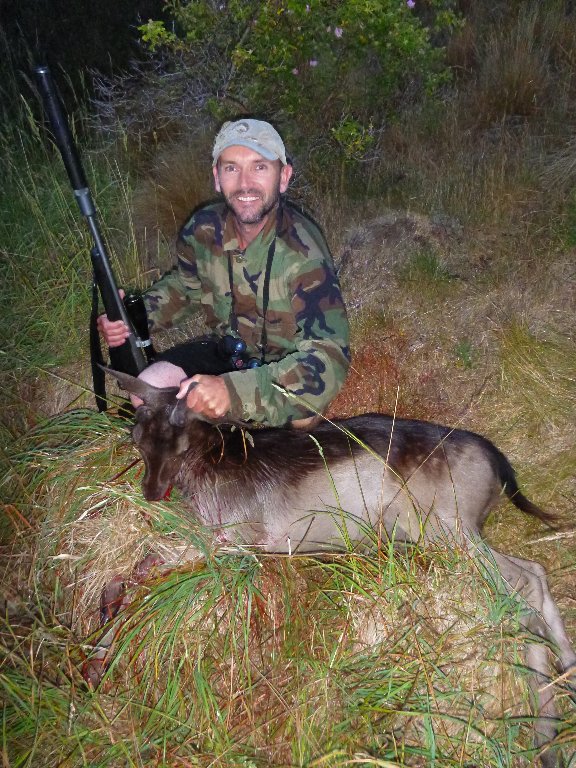Blind Fishing..
There are those who only want to catch trout on a dry and those who only want to sight fish. These are two great ways to catch a trout, no doubt about that, but its not the only way. Far from it! I’m not going to list out all the methods one can use to catch a trout but I’ll mention one. Blind fishing. Blind fishing is fishing likely water with a dry, nymph, wet fly or streamer on river or lake without being able to see the fish. I want to touch on blind nymphing on rivers. Some NZ rivers are thought of as sight fishing only but very few truly are. No matter how good a spotter you are you wont see all the fish even in the clearest of water. I remember fishing the Oreti about 12 years ago and trying to spot fish. All I did was spook them. I started realising that I was spooking them from a specific type of water so I started blind fishing that type of water. Quickly I landed some fish. This started a steep learning curve for me, partly because I was novice spotter so blind fishing made sense but also because blind fishing just worked! On certain rivers I could blind fish a pool more quickly and productively than trying to spot it. In more recent years I’ve been relying more on my eyes than on blind fishing but I have never forgotten the value of prospecting a deep riffle or bouldery run. Blind fishing is still a major part of my angling. I believe the trick is to move quickly, no more than 2 or 3 blind casts in any area then move up at least a leader length. Try to get the most out of your drift to get the nymphs to maximum depth. A trout will often take at the very end of the drift as the nymphs raise up in the water. Much blind fishing will take place in deeper runs or riffles so if one looks fishy, don’t be afraid to change over to a weighted nymph rig to suit the depth, even in summer!
I think the biggest bonus of blind fishing is the quality of the fish you’re likely to catch. I have a theory that relates to regularly fished rivers. The fish that are easy to see are quite often recovering after being caught a day or so before. They may be feeding but due to being caught recently their energy levels are not so high and they favour easy, slow water to recover fully. There, they are also easy to be seen! They get caught again and the cycle continues, each time they get caught they get a little more worn out. Their markings fade, condition decreases, they get darker because their eyesight worsens; they perceive their surroundings to be darker than they are so they in turn darken to blend in. A self propagating fuck-up. A dark fish is easy for an angler to see. I won’t cast to an unusually dark fish for this reason. —– A fish caught blind from a deep run is usually a fit powerhouse. They have to be to thrive in such water. Their markings are sharp and striking, they may well never have been caught before because most anglers will walk past them on a “sight” fishing river. I have proved this theory to myself time and time again. Blind fishing has great rewards!
The pictures below show a good cross section of recent fishing adventures.. More to come from the New Year mission up the West Coast where Iza and I fished some of the clearest water I’ve seen..
If you’re new here and you like this, please subscribe! The more the merrier…
Ronan..
- On the way to the part of the river we wanted to fish, I saw a fish in a pool.. Iza caught this one, not the one we saw first! An amazing trout to make any angler happy, novice or experienced!
- We continued on up river after Iza’s great start..
- Time to put on my tired old boots. I don’t think they’ll see the season out but it’s their 3rd one! Simms Guide boots.
- New boots for Iza!
- Not too long before I got this superb 8lber!
- Back he goes…
- An unusual mayfly..
- Breakfast during a trip to the coast a few weeks ago..
- A good start to the day!
- The rewards for blind fishing a deep run.. No matter how clear the water is you won’t see them all! Knowing how and where to blind fish is an invaluable asset in NZ.
- West coast clarity!
- A native fish with an incredible blue/ green dorsal fin. Can you find out the exact species, Breandan?? About 2″ long..
- A west coast river in all her glory..
- Camping on a warm night.. but not too warm for a fire!
- Another great beer from Harringtons..
- The view from the truck on the way to have lunch at the Cray Pot at Jackson Bay.
- the Cray Pot.. Simple seafood done well!
- Pre meal selfie..
- One for Iza on wild Dunstan day over Christmas..
- Some aerial acrobatics!
- The woman and her fish!
- A recent weekend fishing around Omarama yielded some cracking rainbows..
- Breandan?? 12mm in diameter.
- Really magnificient!!
- And another..
- Can anyone ID this horrible looking thing. This trout from Benmore..
- Tom from the Otago Anglers joined for the day recently..
- A big green stonefly. It had a bright red body and about 35mm long.
- There are not many places where a fella can catch trout with colours like this.
- Breandan?? Can you ID this? I need to know! Possibly a native.
- One for Tom..
- Kevin spying the gully for deer..
- My first deer.. A fallow.

































